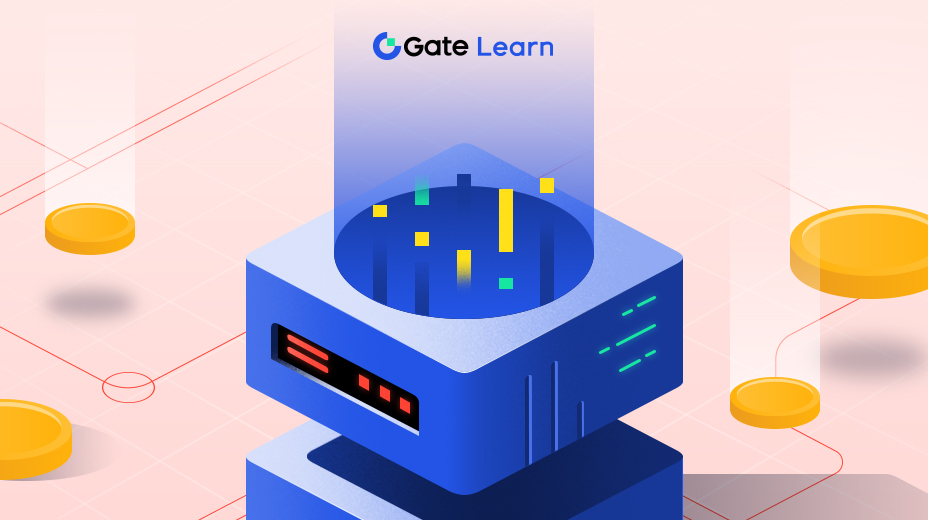凱亞技術架構
該模塊提供了對Kaia的網絡架構、共識機制和性能指標的分析。
Kaia的網絡架構
Kaia的架構分為三個主要網絡:核心單元網絡(CCN)、端點節點網絡(ENN)和服務鏈網絡(SCN)。

核心細胞網路 (CCN)
CCN包含負責執行交易和生成區塊的核心單元。每個核心單元通常包括共識節點和多個代理節點。共識節點驗證提交的交易並執行有效交易,確保區塊鏈的完整性和一致性。代理節點協助在網絡中傳播交易和區塊,增強通信效率。
端點節點網絡 (ENN)
ENN 由端點節點組成,用作去中心化應用程式(dApps)和服務鏈與 Kaia 區塊鏈互動的入口點。這些節點公開遠程過程調用(RPC)API,允許開發人員和用戶直接讀取區塊鏈數據並將交易提交到網絡,而無需中間人。端點節點維護區塊鏈總帳的完整副本,促進對區塊鏈服務的訪問。
服務鏈網絡(SCN)
SCN包括服務鏈,這些是連接到Kaia主網的輔助區塊鏈。服務鏈旨在滿足特定應用需求,如更高的交易吞吐量或專用共識機制。它們提供可擴展性和靈活性,使開發人員能夠部署定制解決方案,同時保持與Kaia主網的互通性。
共識機制:優化的伊斯坦布爾BFT及其實現
Kaia採用了Istanbul拜占庭容錯(IBFT)共識算法的優化版本,以實現快速交易最終性並保持網絡完整性。IBFT是一種共識機制,允許網絡在存在惡意行為者的情況下reached合對區塊鏈的狀態達成一致,前提是不到三分之一的節點是有故障或被破壞的。
在Kaia的實現中,共識過程涉及一系列步驟:
一個指定的提議節點,由決定性地選擇,創建包含待處理交易的新區塊並將其廣播到網絡。在收到提議的區塊後,驗證節點進入預準備階段,在該階段他們會驗證該區塊的有效性,包括交易的正確性和符合協議規則。
驗證者將他們對區塊的批准廣播給其他驗證者,表明他們已經驗證了該區塊並準備將其添加到區塊鏈中。一旦絕大多數(通常為三分之二)的驗證者發送了準備好的消息,驗證者就會進入提交階段,廣播提交消息以完成區塊。在收到絕大多數提交消息后,驗證者將區塊添加到區塊鏈的本地副本中,從而實現即時交易完成。
這個優化的IBFT實現使Kaia能夠保持一秒鐘的區塊時間,確保快速的交易處理和高吞吐量。
Kaia的表現指標
Kaia的架構和共識機制有助於其顯著的性能指標:
- 事務輸送量Kaia的主鏈能夠每秒處理至少4,000筆交易(TPS)。這種高吞吐量支持需要快速交易處理和可擴展性的現實應用。
- 區塊生成時間網絡保持一秒鐘的一致區塊生成時間。 低延遲確保交易快速確認,提升用戶體驗和應用程式響應能力。
- 最終性: Kaia 實現即時交易終局性,這意味著一旦交易被納入區塊,它被視為最終且不可逆轉。這個特性對於交易確定性至關重要的應用程式,如金融服務和供應鏈管理,至關重要。
重點
- Kaia的網絡結構分為三個主要組件:核心細胞網絡(CCN)、端點節點網絡(ENN)和服務鏈網絡(SCN)。
- 核心細胞網絡通過共識和代理節點確保交易執行和區塊生成。
- 端點節點通過 RPC API 和完整的總帳維護為用戶和開發人員提供對區塊鏈數據和服務的訪問。
- 服務鏈網絡使得可擴展性和定制化成為可能,輔助區塊鏈與 Kaia 主網相連。
- Kaia採用優化的伊斯坦布爾BFT共識機制,實現高性能,吞吐量為4,000 TPS,區塊時間為一秒,並且具有即時的最終性。





